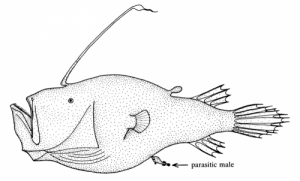5 Things I Learned: Red Terror Cichlid
This colorful, eye-catching fish is a red terror cichlid (Cichlasoma festae). It can grow to lengths of 12 – 20 inches and live somewhere between 12 – 20 years. But what else do we know about it?
The red terror cichlid in the Aquarium’s Tropical Forest Gallery is hard to miss. Stop by and see this and many other very different but equally intriguing cichlids at the Greater Cleveland Aquarium. Nature. It’s a curious thing.
– Sam Fryberger


